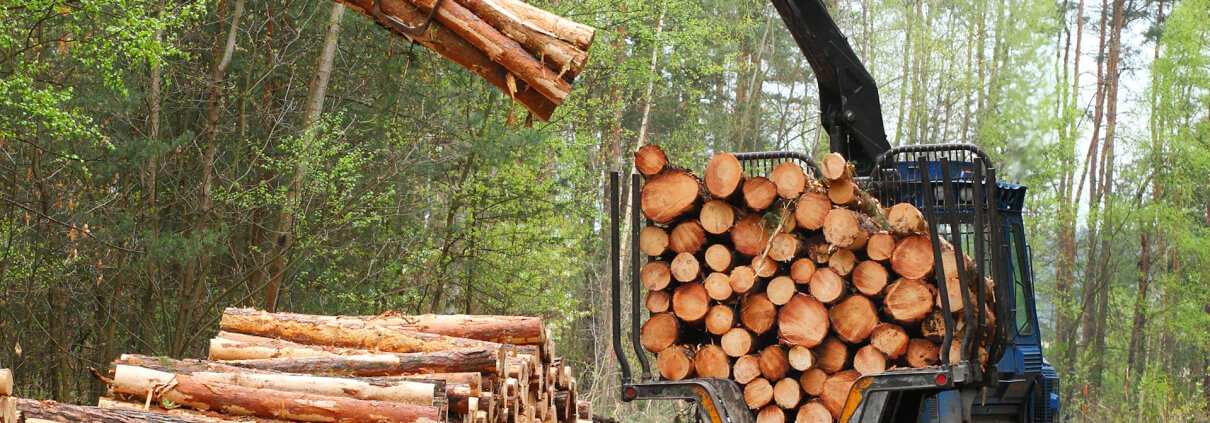Understanding The Environmental Impact Of Land Clearing
Land clearing, a common practice in urban development and agriculture, impacts the environment significantly. While often necessary for expanding infrastructure or increasing agricultural productivity, this process can bring about various ecological changes. Recognising these effects is important for ensuring that such activities are carried out thoughtfully and sustainably. By taking a closer look at the implications of land clearing, we can make informed decisions that balance progress with environmental preservation.
It’s crucial to consider how land clearing alters the natural landscape, affecting not only the immediate area but also the broader ecosystem. Around Brisbane, for instance, where lush habitats are prevalent, land clearing can disrupt native wildlife, affect soil quality, and contribute to changes in air quality. We will explore these aspects, guiding you through the environmental effects of land clearing and offering insights into how such impacts can be managed responsibly.
Effects on Local Wildlife
One of the most pressing concerns of land clearing is the displacement of native species. Removing large areas of vegetation results in the loss of habitat, which can disrupt food chains and threaten local biodiversity. Animals that rely on specific plants or habitats may struggle to find new homes, leading to a decline in their populations. This is particularly significant in regions like Brisbane, where unique species hold ecological importance.
Here are some potential effects on wildlife:
– Habitat Loss: Critical shelters and food sources are eliminated, forcing animals to relocate or perish.
– Stress on Species: Species that cannot adapt quickly might face increased stress or risk of extinction.
– Imbalance in Ecosystems: Key species decline can disrupt predator-prey relationships, causing ripple effects across the ecosystem.
To minimise harm to wildlife during land clearing, strategic approaches can help. Implementing wildlife corridors allows animals to safely move to other habitats. Additionally, timing operations to avoid breeding or nesting seasons can reduce disturbances. Encouragingly, sustainable land management practices are on the rise, aiming to protect biodiversity while acknowledging the need for land development.
Soil and Water Quality
Land clearing affects more than just the wildlife. It can significantly impact soil and water quality as well. When trees and vegetation are removed, the land becomes vulnerable to erosion. Without the roots to hold the soil in place, rain can wash away topsoil, leaving the ground less fertile and more prone to further degradation. This loss of fertile topsoil reduces the land’s agricultural potential and can lead to sedimentation in nearby water bodies, affecting aquatic life.
Moreover, clearing alters the soil’s natural composition and reduces its ability to retain moisture. Changes in soil quality can lead to reduced plant growth, altering the balance of the local ecosystem. Water quality may also suffer as runoff from cleared land introduces more sediment and possibly pollutants into rivers and creeks, affecting water bodies’ health.
To mitigate these issues, adopting ground cover plants or using mulch can stabilise soil and enhance water retention. Erosion control measures, like retaining natural vegetation buffers around waterways, can maintain the integrity of soil and water systems. By incorporating these strategies, land clearing can be conducted with more awareness of its environmental footprint.
Carbon Footprint and Air Quality
The transformative process of land clearing doesn’t just affect the ground beneath; it impacts the air above as well. Clearing vegetation contributes to an increased carbon footprint, as trees play a pivotal role in absorbing carbon dioxide from the atmosphere. When these trees are removed, the carbon stored in their fibres is released back into the air, raising greenhouse gas levels.
Furthermore, air quality can be affected as dust and particulates become more prevalent without a natural barrier like trees and undergrowth. These particulates can contribute to respiratory issues for local populations and diminish the natural air purification process offered by the vegetation.
To address these concerns, one effective approach is ensuring the implementation of carbon offset initiatives, such as planting new trees in different locations to balance out emissions. Maintaining some areas of natural vegetation or replanting quickly after clearing can help reduce these emissions. Such practices not only safeguard air quality but also encourage a more balanced carbon cycle.
Benefits of Sustainable Land Clearing Practices
Even as land clearing presents challenges, adopting sustainable practices brings numerous advantages. Eco-friendly methods of clearing land help preserve the environment while allowing for necessary development. These approaches can include selectively removing trees to protect biodiversity or using machinery designed to cause minimal disruption to the ecosystem.
Promoting sustainable techniques like manual clearing or involving community efforts for replanting initiatives ensures that development does not entirely come at the expense of the environment. By incorporating sustainable practices, the impact on the ecosystem can be reduced, helping maintain ecological balance even during land clearing operations.
In the end, blending development needs with respect for nature leads to a more sustainable management approach. Such responsible practices not only benefit the environment but also ensure long-term solutions that support both human and environmental prosperity. Working together, we can make choices that benefit everyone in the Brisbane region, ensuring that as the landscape changes, it continues to leave room for the natural world to thrive.
Bringing sustainability to land clearing doesn’t just maintain ecological balance but also supports a healthier environment overall. For those planning responsible development around Brisbane, it’s a smart step to consult with a trusted tree specialist at TPS Tree Services who can help protect the surrounding ecosystem while meeting your land goals.




